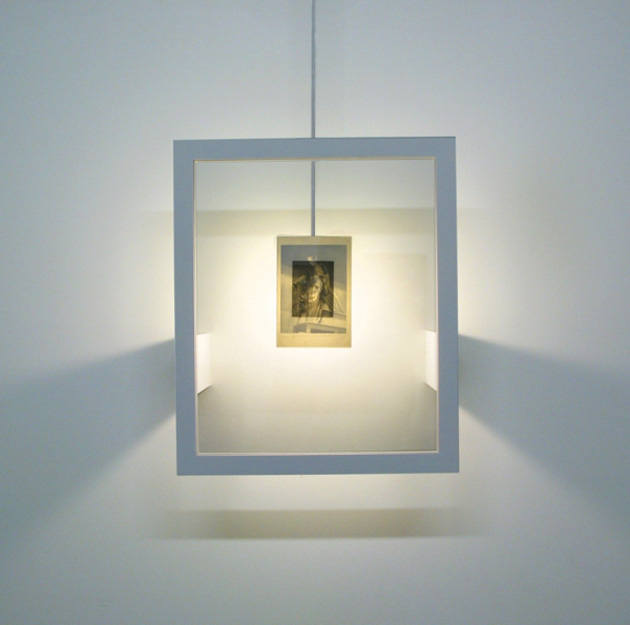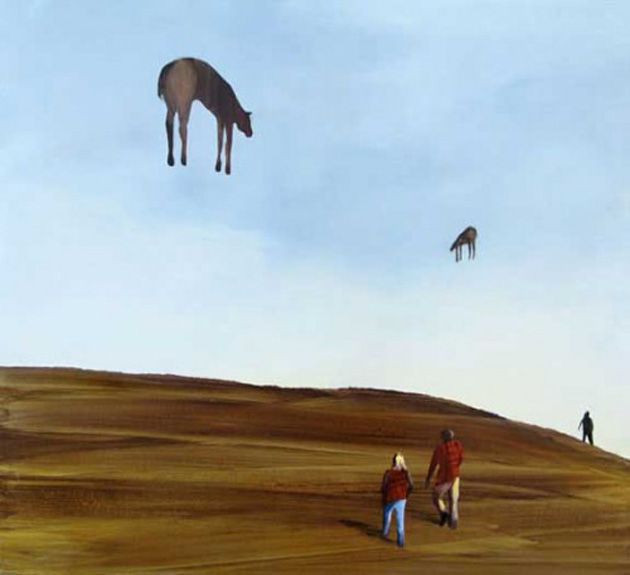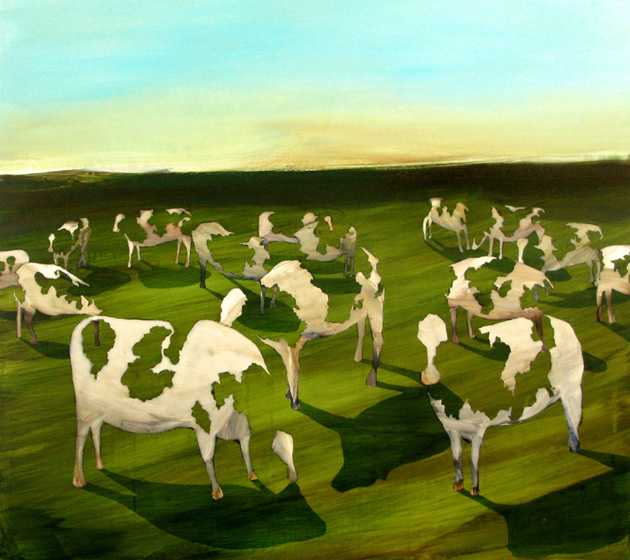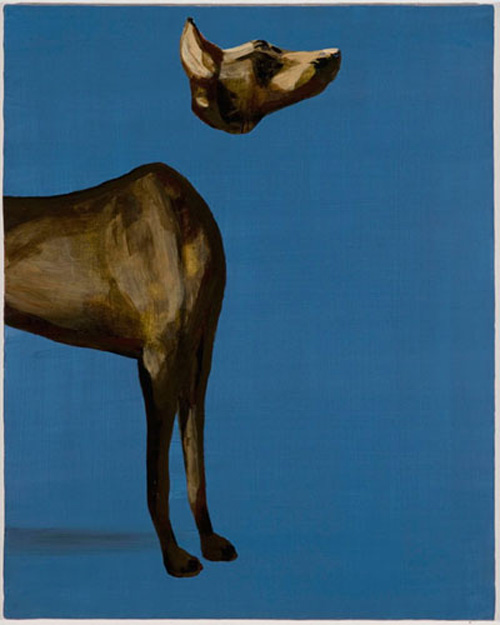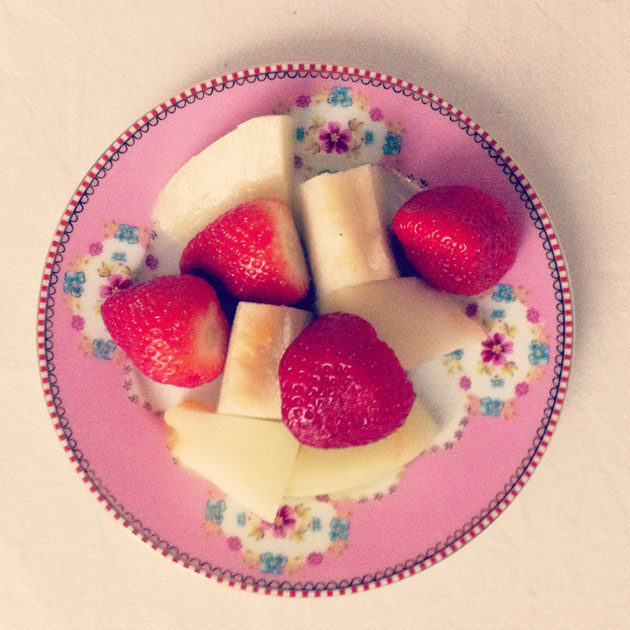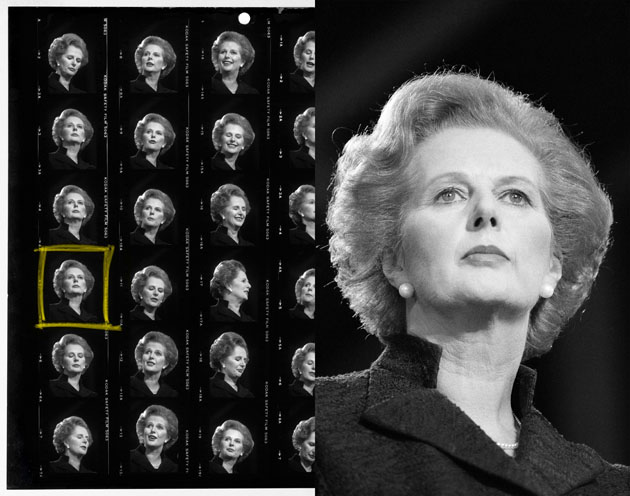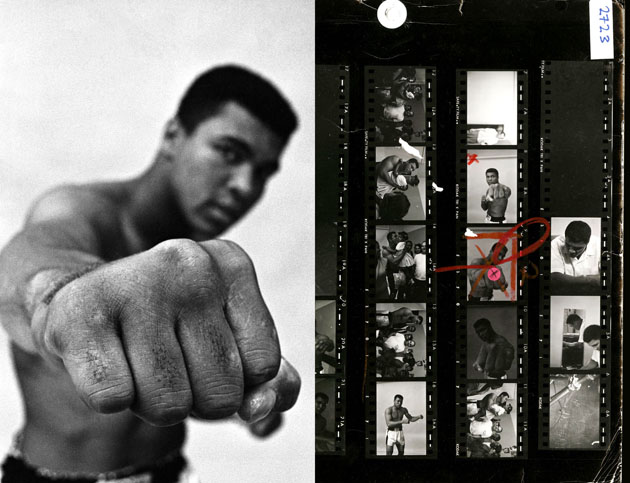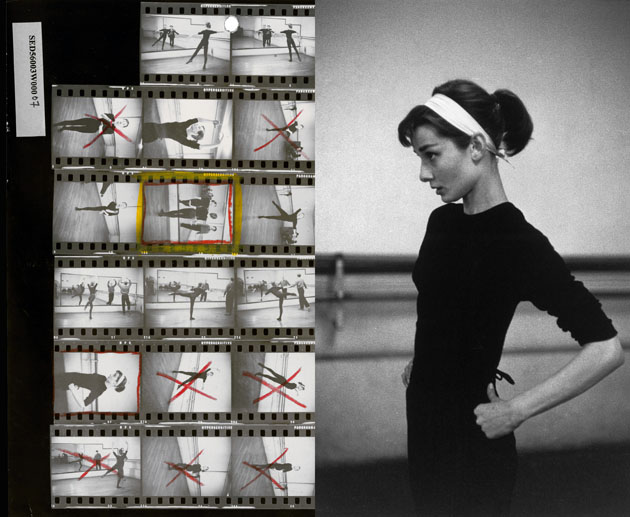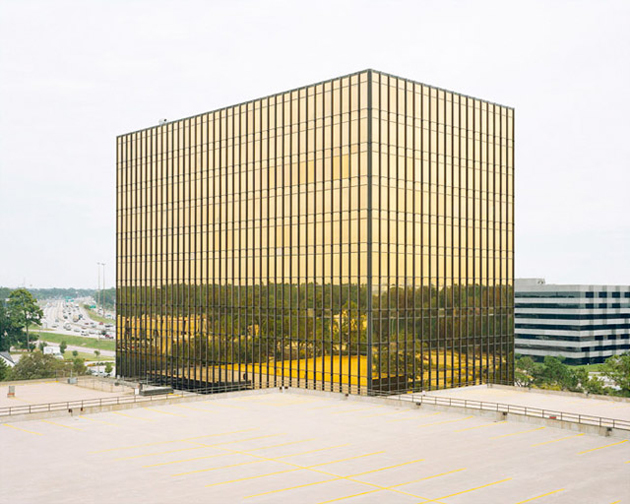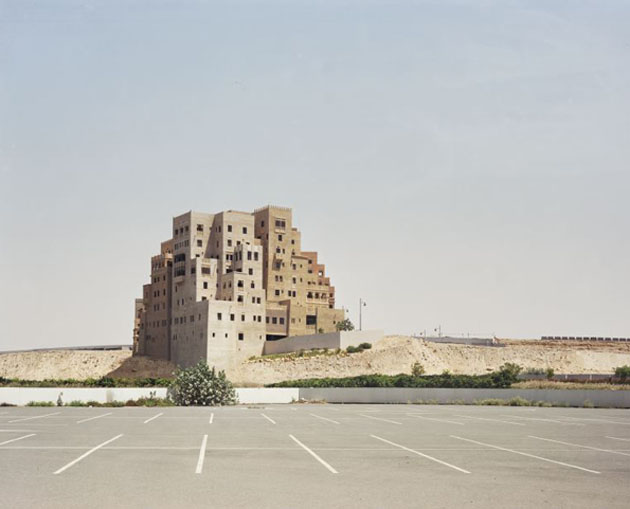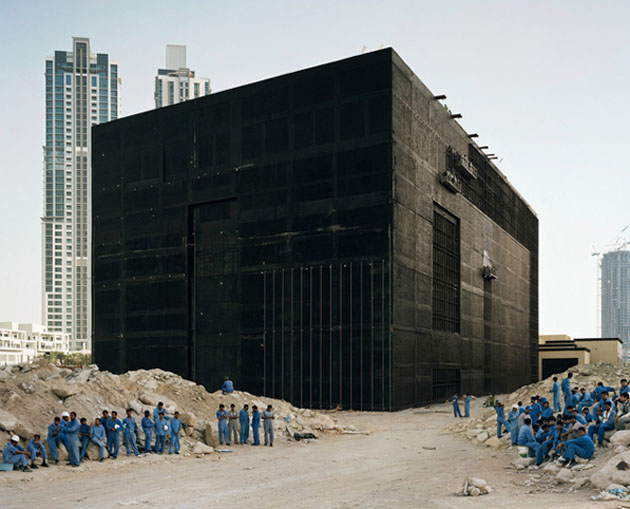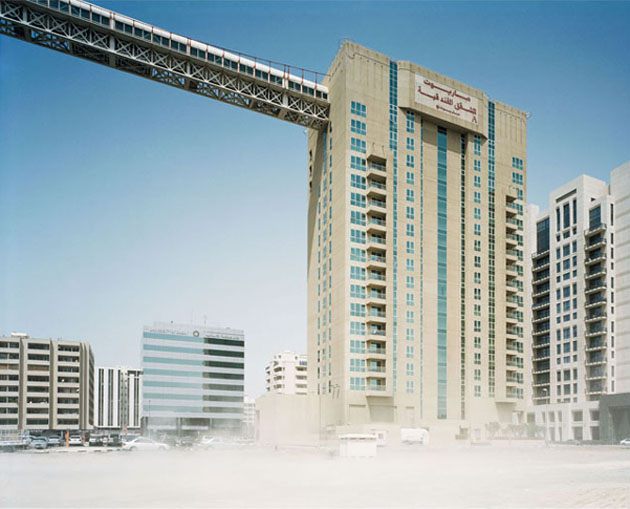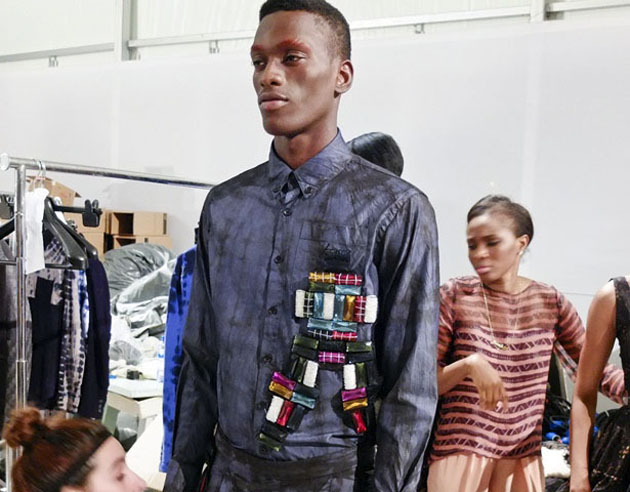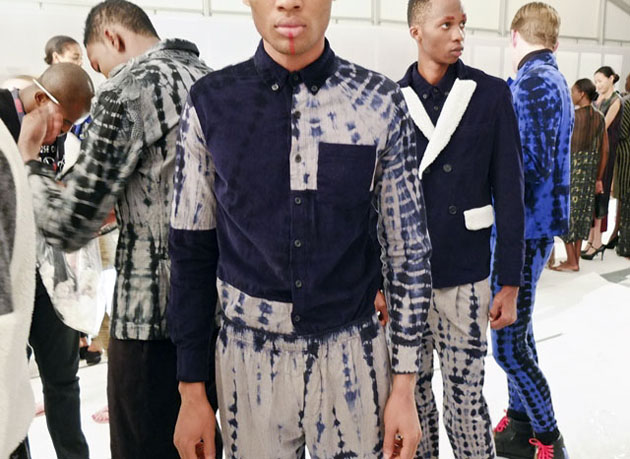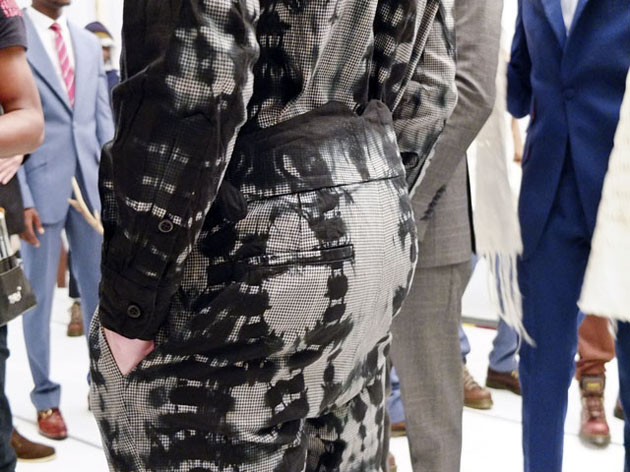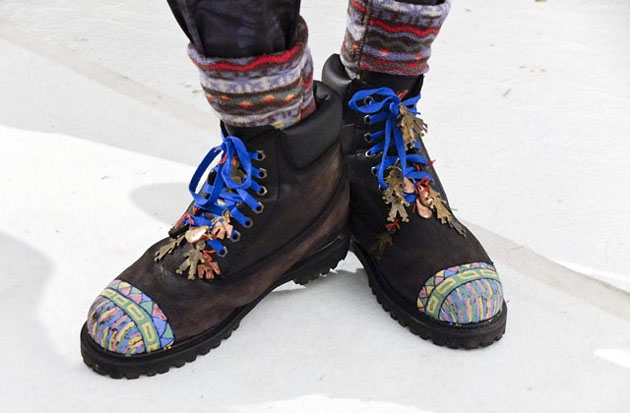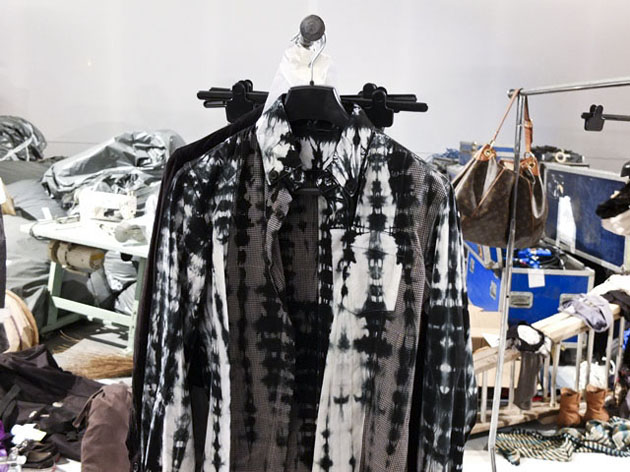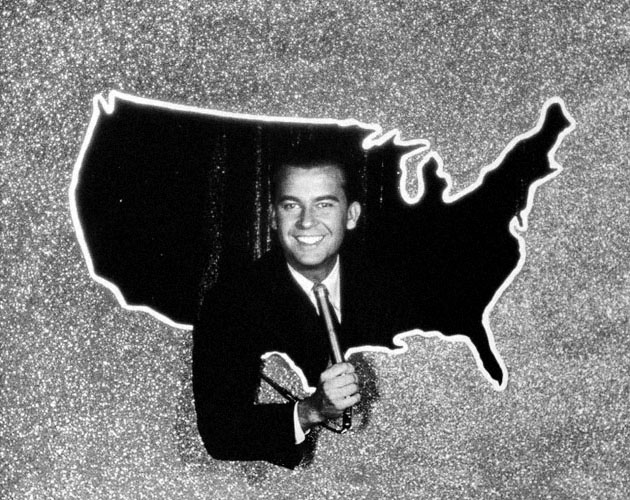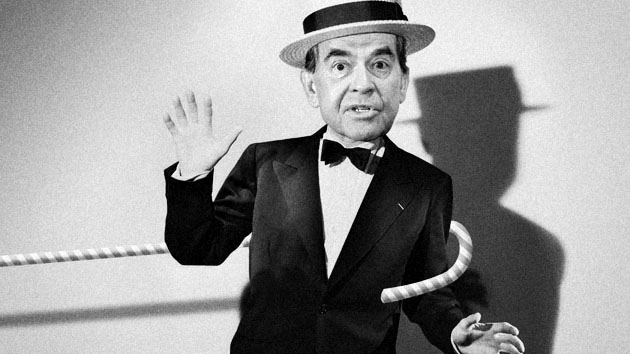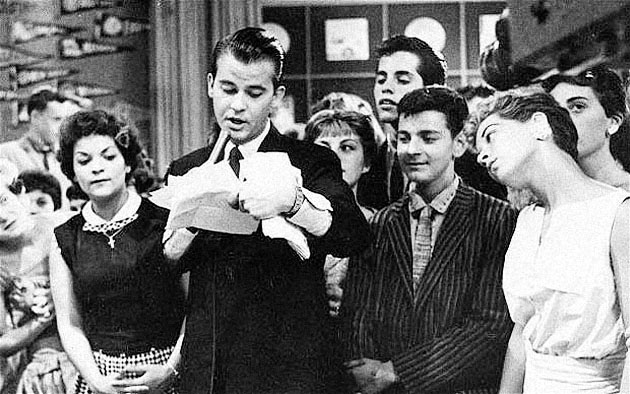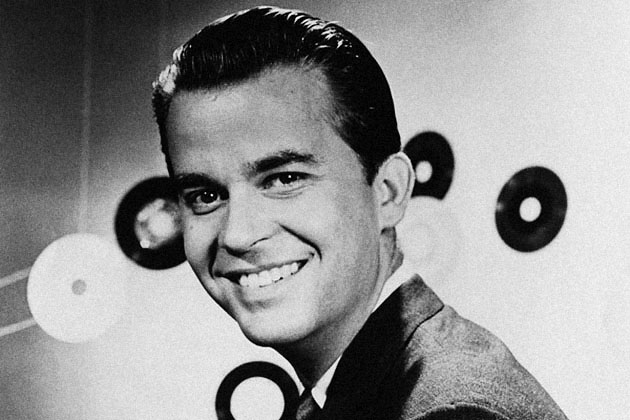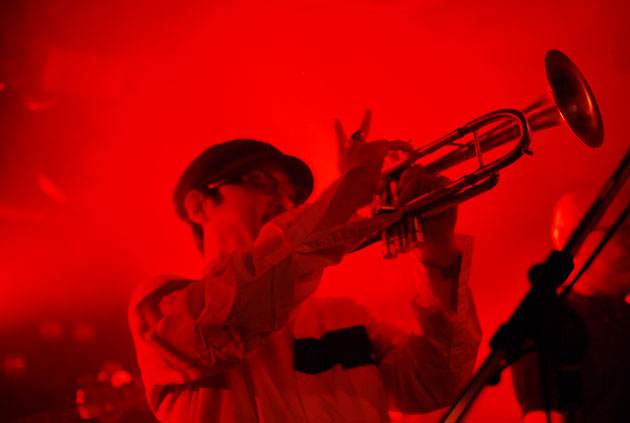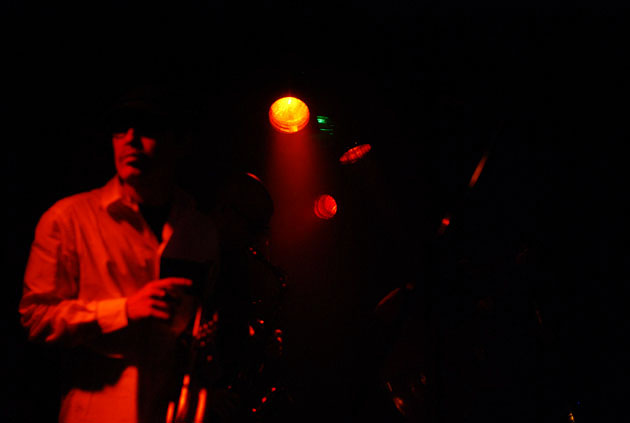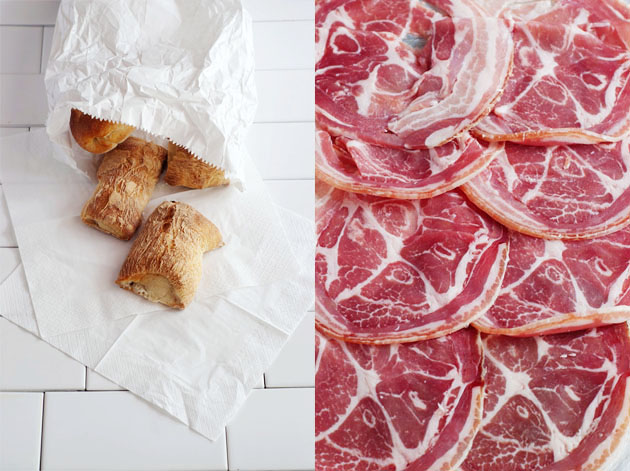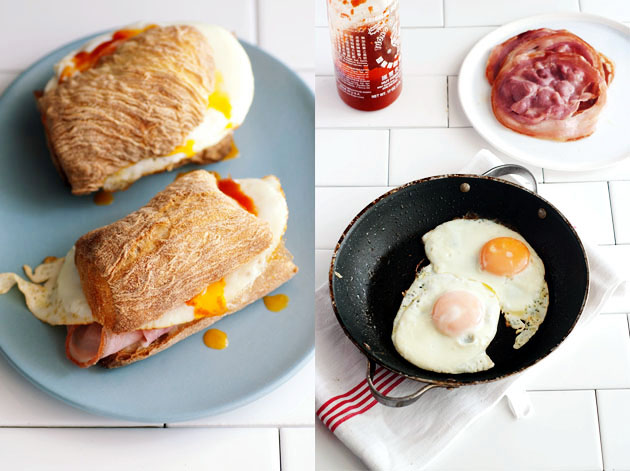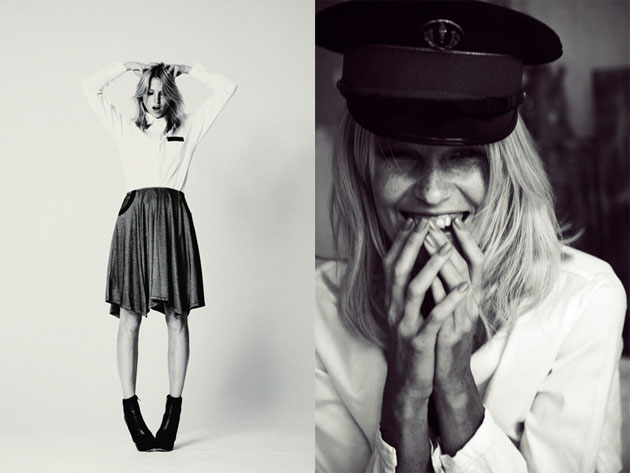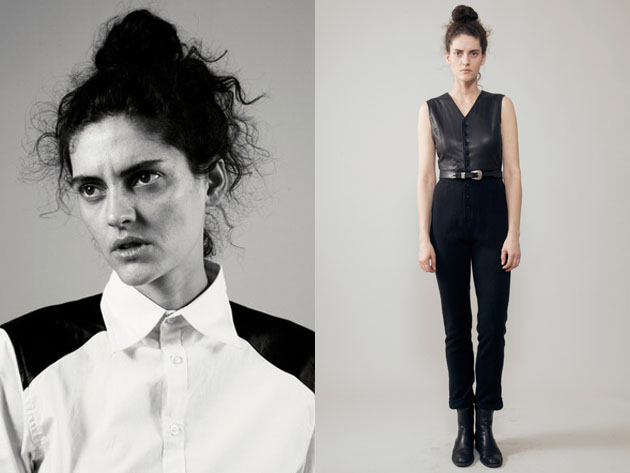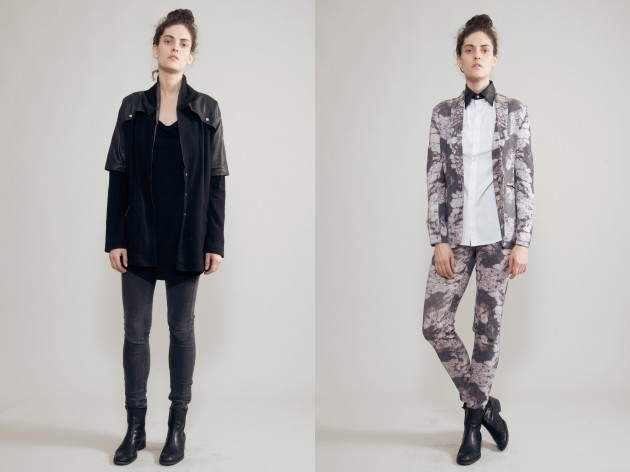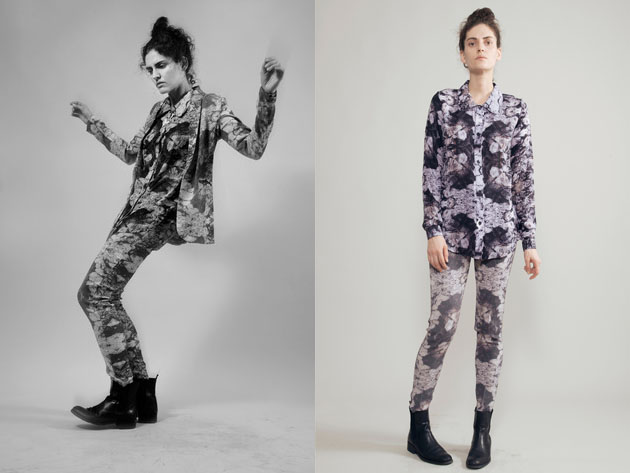.
Kurdish Stockholm Electro by Zhala
Zhala Rifat is the most recent act to emerge from the Stockholm electro-scene. After having been the back-up girl to Lykke Li during her American and European tour, she’s about to drop her first album during the year. But Zhala isn’t a newcomer in the industry. Already In 1998, at the age of 11, she was nominated for a Swedish Grammis Award along with composer Klas Widén. However, the release date of her album debut is still, after 1,5 years of production, yet to be set.
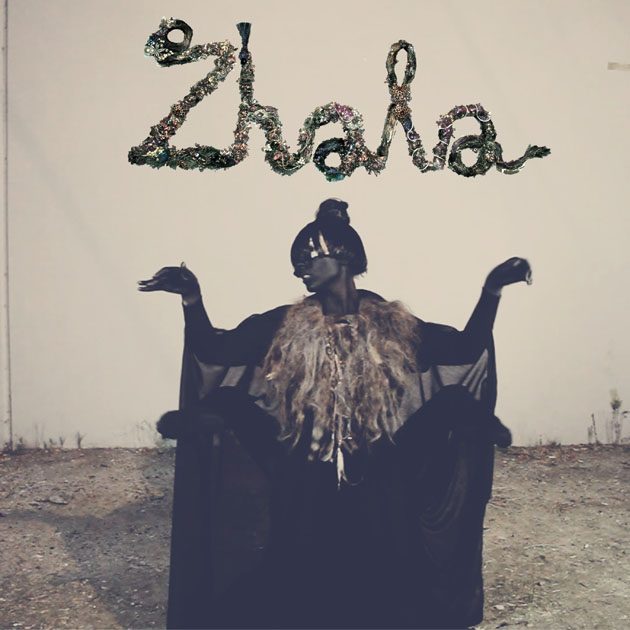
“I already have many songs recorded, but I’m not sure how I want to put together the album, I’ll take my time. Since you only get to make one debut album I have to make sure I spend enough time on it. Lately, I’ve just been trying to get all the melodies and sounds in my head into songs.”
The Rifat family is of Kurdish-descent, thus; Zhala was raised to the sounds of Kurdistan, a heritage that is very much present in her own tunes.
“Kurdish music has a very repetitive rhythm. I grew up with kurdish music so its a very natural part of me now. I love the feeling kurdish music brings, and the melodies, more than the texture, it feels like techno!”
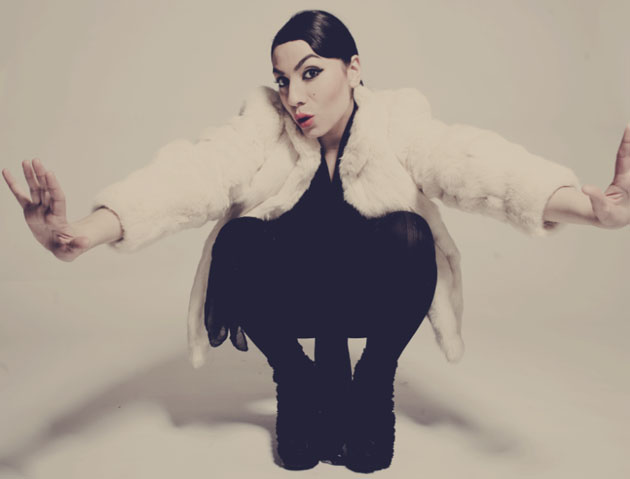
The other week, her first video was released – “Slippin’ around”. Any efforts of trying to refer the visuals to anything else in popular culture would be somewhat redundant, unless you go for the “Björk circa Volta”-card. The video features Zhala herself as a mix between a surrealistic Middle Eastern-geisha and a Hindu-goddess, and was directed by Makode Linde, the artist which stirred quite a scandal with his anti-racist “Painful cake”-exhibition at Moderna Museet in Stockholm last week during World Art Day.
“I love cake! Makode really understands me and my music, he can express it visually. I try to mirror my experiences with sound, and my experiences are unique. And there’s a reason why he’s the world’s most talked about artist at the moment…”
At the moment, Zhala is busy performing, recording and booking gigs for the summer festivals, and still makes time to organize the lesbian club Donna Scam once in a while. Rumour has it that we haven’t seen the last of this woman.
“The greatest memory I have of performing is at Gagnef-festival in Sweden, performing with my friend Shamoun a couple of years ago. We had a big loving party on stage and I think everyone was peaking at that point. I’ve been practicing music in different ways since forever. The music always takes different forms, that’s just a natural part of my development.”
Petsy von Köhler – photo courtesy of Zhala Zhino Rifat